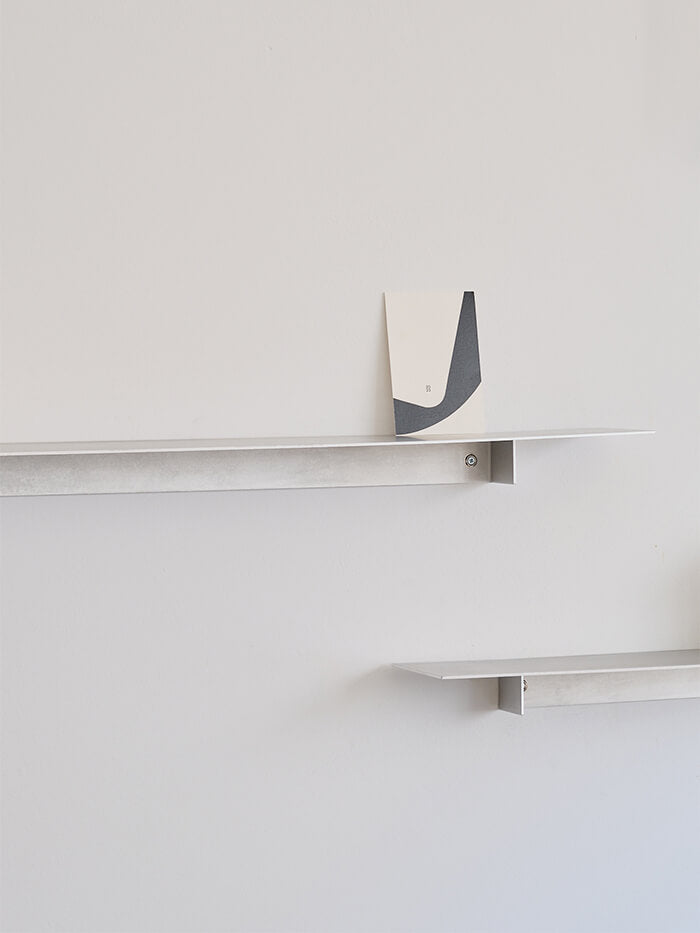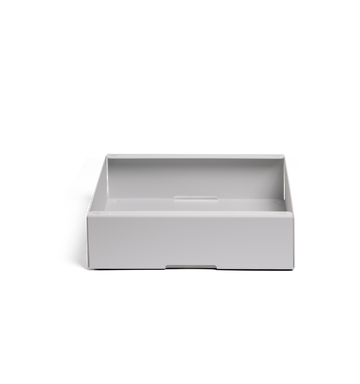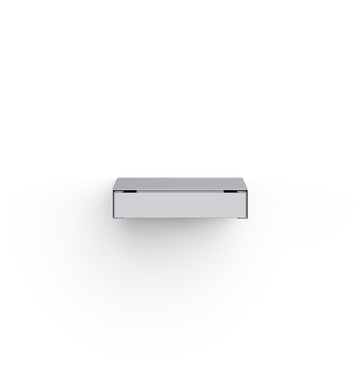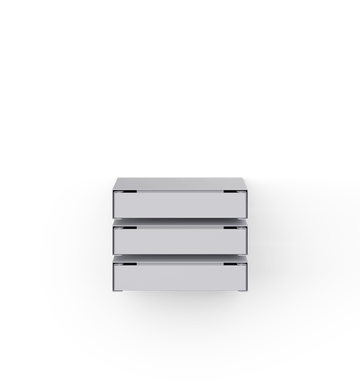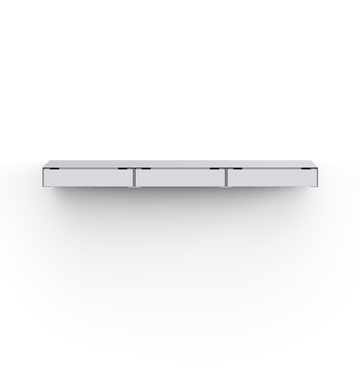Born in São Paulo in 1990, Isa Toledo’s trajectory spans illustration, painting, text, video, textile, and others. She has lived across continents and languages, gathering fragments that perhaps make sense when sewn together. What might seem scattered at first reveals a logic underneath, a kind of coherence within chaos. Through her work, Isa builds connections between what appears unrelated, creating (her own) meaning through coexisting mediums.
Her ever-expanding mind drives us along her many stories, of all the places she’s been, each one its own particular journey. Lisbon has steadily become the ground where this rhythm is (still) taking shape: once a series of disjointed streets, now a city mapped through her own narratives. In her home, as in her practice, words, gestures, and materials collide like overlapping memories; a personal archive of papers, words, myriad objects with very intentional meanings.



First off, I’d love to get a sense of how you see yourself.
Sure. Well, it’s a funny question, because the answer always depends on context, doesn’t it? In an artistic setting, my instinct is to begin by saying that I started out in illustration, then moved into painting, and now I’m doing what I do today. People usually want to hear more about the work itself, but outside of that context, there’s always the question of why I’m in Portugal or how I ended up here, for example.
I was born in São Paulo. My father is Brazilian of Portuguese descent, and my mother is from New Zealand. They met in the Caribbean, and then she moved to Brazil, which is where I grew up. I have a sister, and my father has a son from his first marriage. My whole life was in São Paulo. I went to a British School, spoke English at home, and everything was very stable until I was about sixteen.
Up until then, I was the kind of person who stayed in the same place while others came and went. My childhood was quite steady in that sense. But then, between sixteen and eighteen, everything changed very quickly. My parents moved to Dubai, where they stayed for nearly two decades. I spent some time there and then went to London for university. After that, I moved to Berlin. So, after a life spent entirely in the same neighbourhood, there was suddenly a chain of very different experiences. I found myself in the Middle East, still in that international-school world, as the daughter of a foreign individual. And then in London, though I spoke English, I did have a more American accent. I had a British passport but was still an outsider.


University was funny because I was technically in London, but my first year was in Wimbledon, which felt like another town at the end of every line, green line, black line, whatever. And then four years in Camberwell (Camberwell College of Arts - University of Arts London), where I studied illustration. It was only after about five years that I really felt I knew London. And then I ran away to Berlin. That’s the classic Berlin chapter everyone seems to go through. You have to figure out whether you’ll stay, learn German, and really settle in, or whether you’re just passing through. For me, it was the latter.
Around 2012, when I was finishing my degree, instead of going back to Brazil — my parents were in Dubai, my sister was studying, and we’d all return to São Paulo now and then — I came to Portugal for the first time. I stayed a whole month. We were in Chiado, and for me Lisbon ended where the Calçada do Combro began to slope down. I remember wandering around, going down to the Ribeira Market, and once ending up in Santa Apolónia. To me, this all felt like another world. Feira da Ladra was perfect. I still have that mental map of Lisbon from that first month: all these unconnected dots. When I eventually moved here in 2016, it felt like my work was literally to connect those dots, to join one street to another, one neighbourhood to another.


And why do you think you saw the city that way on your first visit? What made you perceive it as so fragmented?
Probably because I was here with my parents, our routine was something between tourism and a slow, relaxed rhythm. We’d go to the same café every day, walk the same streets. That’s the limitation of ordinary life: even in a new city, you only go to so many places in a week. But also, because I was following my parents around, they were the ones giving shape to the map. When I moved here alone, suddenly I was the one deciding where to go, what paths to take.
In 2012, I already had the sense that this could be a good place to live, for all the obvious reasons. But especially after two years in Berlin. Not speaking German was isolating. As someone very focused on communication and expression, that was hard. Portugal, with its shared language, opened a lot of doors. Suddenly, your own language gives you all the freedom you need.




You felt restricted in Berlin. Did that affect your work at the time?
Yes, definitely. I went to Berlin to dedicate myself fully to an artistic life. It was all painting back then, something I’ve since moved away from. It was very energetic, colour-based, formal kind of practice. What Berlin gave me was discipline. A work ethic. I wasn’t there to do anything else. I think that stayed with me later when I did my master’s here in Lisbon (Faculty of Fine Arts).
So, you moved to Lisbon in 2016, did your master’s. Since then, how have Lisbon and Portugal shaped you, as a person and as an artist?
It sure has. But the “how” is the interesting part. I’d divide it into three stages: the two years of my master’s, then 2018 to 2021, which was really when life here, not academia, started shaping me. During those years, even though I’d finished my master’s in painting, I’d already stopped painting. Everything that became my actual work — video, text, performance, the ButchCamp project, which was a kind of queer visual experiment — started as what I considered hobbies. Meanwhile, there were these “jobs”, which were what allowed me to integrate into Lisbon’s life.

At first, I worked as an art advisor, basically as a middle person between wealthy Brazilians and the local art world. Within six months, I realised that if I stayed in that lane, I’d never manage to work as an artist. I’d always be part of the commercial side, not the art-producing side. Still, it was educational. I learned things no one really teaches you at art school. Later, I worked in production, like photography and social media, for a documentary project for RTP, and that’s when I started meeting a lot of people. That gave me a real understanding of Portugal from the inside.

Over time, I began to see connections. How very different things could make sense together. Maybe because my relationship with the city was built like that: lots of scattered pieces forming a logic. That’s how my work evolved, too: videos, texts, textiles, they all connect somehow. Doing many different things helped shape that coherence.


And now, in 2025, you’re still in Lisbon. Do you feel like staying, or do you have an urge to leave?
For now, I feel like staying. But I can’t ignore that a lot of people around me are starting to feel the opposite. I went back to São Paulo after ten years; it’s a city that used to be dangerous in so many ways, kidnappings and all that. And then I returned, everyone kept saying, “Be careful, be careful where you walk, be careful with your phone.” After the tenth time I heard it, I said, “Please stop, you’re making me anxious.” I’d rather a crackhead surprise me by stealing my phone than live in constant suspense.

In Lisbon, it’s not about fear. Coming from such varied cities, Lisbon actually felt quite homogeneous to me. But in recent years, especially the last one, there’s been this odd panic about multiculturalism, from both the right, which fuels fear of difference, and from the left, which (fearing the right) starts talking about leaving if the country “goes wrong”. Having lived through Bolsonarism in Brazil and Trumpism in the US, my instinct is: no, don’t flee. It’s now, precisely now, that we have to stay and commit. There’s a bubbling up of fear and resentment, but that’s when you have to act.

And that connects with art too, doesn’t it?
For those of us with some privilege, leaving is always the easier option. But it’s interesting to think about fighting in other ways, not physically, but through what we do, what we make, who we talk to. I once had a student interview me for a project about art and activism. He had to interview three kinds of people: artists who aren’t activists, activists who aren’t artists, and artist-activists. He thought I was in the last category. I thought I was in the first! I told him I just have political opinions; that doesn’t make me an activist. But it did make me reflect on how political our daily choices are.
How does that translate into your work right now?
For my next exhibition, I decided not to use words at all. Until now, text has always been my guiding thread, but I started realising that no matter how carefully we express something, there’s no magic that guarantees understanding. Words don’t protect you from being misunderstood. So I asked myself, what happens if I take language away entirely? Can the work still hold up? That’s what I’m exploring now. The show opens in January, and I’m in that tense stage where the idea still feels perfect in your head. But once you start making it, it’s messy until it’s not. I’m right in that phase of wanting to do nothing!


Before we wrap up, can I ask you something totally different to close on a lighter note? Could you tell us about your home?
Sure! That’s actually funny because Matilde (Travassos) photographed me at home twice. The first time was in early 2019, just when I was really starting to feel settled in Lisbon. I think anyone who moves to a city lives in a parallel version of it for at least two years. When she came to my flat, I remember there were two feng shui set-ups. In one, the big table is in the centre of the living room; in the other, it’s pushed against the wall with the sofa and TV making it more like a snug, cosy winter setup. The summer set-up is the working one, with the table in the middle.
At that time, I’d moved the sofa into another room and was sleeping on a single bed in the living room, a kind of staycation in my own home! It was a transitional phase. Around then, I made my first video piece that was shown in a gallery. Another artist saw it and said, “You need to show this properly.” I also met Ana Jotta around that time, someone who became a real example for me of what a long, diverse career can look like. Chaotic, but coherent through time.
When I look at Matilde’s photos from that period, I remember thinking, “I’ve made it.” I felt so at home. And then life happened. I couldn’t pay rent for a while, had to move out temporarily... classic Saturn return energy, if you believe in that sort of thing. But looking back from 2025, I’m grateful that wasn’t the peak. It was just one phase.
My flat is still structured around that rhythm. The living room, a spare room with mirrors and storage, and then the bedroom in the centre. No windows, just doors. And then the kitchen at the back. That’s actually where I do most of my work. Everything in that kitchen is used. And almost nothing in the living room is!



Interview by Soraia Martins
Pictures by Matilde Travassos
